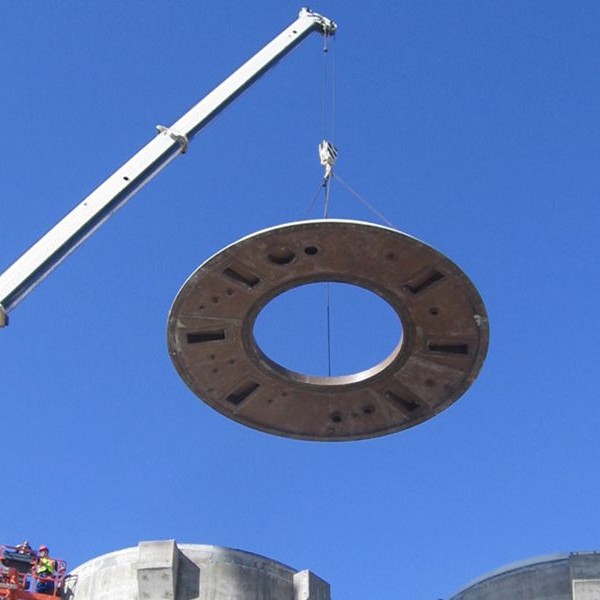
-
 Afrikaans
Afrikaans -
 Albanian
Albanian -
 Amharic
Amharic -
 Arabic
Arabic -
 Armenian
Armenian -
 Azerbaijani
Azerbaijani -
 Basque
Basque -
 Belarusian
Belarusian -
 Bengali
Bengali -
 Bosnian
Bosnian -
 Bulgarian
Bulgarian -
 Catalan
Catalan -
 Cebuano
Cebuano -
 China
China -
 China (Taiwan)
China (Taiwan) -
 Corsican
Corsican -
 Croatian
Croatian -
 Czech
Czech -
 Danish
Danish -
 Dutch
Dutch -
 English
English -
 Esperanto
Esperanto -
 Estonian
Estonian -
 Finnish
Finnish -
 French
French -
 Frisian
Frisian -
 Galician
Galician -
 Georgian
Georgian -
 German
German -
 Greek
Greek -
 Gujarati
Gujarati -
 Haitian Creole
Haitian Creole -
 hausa
hausa -
 hawaiian
hawaiian -
 Hebrew
Hebrew -
 Hindi
Hindi -
 Miao
Miao -
 Hungarian
Hungarian -
 Icelandic
Icelandic -
 igbo
igbo -
 Indonesian
Indonesian -
 irish
irish -
 Italian
Italian -
 Japanese
Japanese -
 Javanese
Javanese -
 Kannada
Kannada -
 kazakh
kazakh -
 Khmer
Khmer -
 Rwandese
Rwandese -
 Korean
Korean -
 Kurdish
Kurdish -
 Kyrgyz
Kyrgyz -
 Lao
Lao -
 Latin
Latin -
 Latvian
Latvian -
 Lithuanian
Lithuanian -
 Luxembourgish
Luxembourgish -
 Macedonian
Macedonian -
 Malgashi
Malgashi -
 Malay
Malay -
 Malayalam
Malayalam -
 Maltese
Maltese -
 Maori
Maori -
 Marathi
Marathi -
 Mongolian
Mongolian -
 Myanmar
Myanmar -
 Nepali
Nepali -
 Norwegian
Norwegian -
 Norwegian
Norwegian -
 Occitan
Occitan -
 Pashto
Pashto -
 Persian
Persian -
 Polish
Polish -
 Portuguese
Portuguese -
 Punjabi
Punjabi -
 Romanian
Romanian -
 Russian
Russian -
 Samoan
Samoan -
 Scottish Gaelic
Scottish Gaelic -
 Serbian
Serbian -
 Sesotho
Sesotho -
 Shona
Shona -
 Sindhi
Sindhi -
 Sinhala
Sinhala -
 Slovak
Slovak -
 Slovenian
Slovenian -
 Somali
Somali -
 Spanish
Spanish -
 Sundanese
Sundanese -
 Swahili
Swahili -
 Swedish
Swedish -
 Tagalog
Tagalog -
 Tajik
Tajik -
 Tamil
Tamil -
 Tatar
Tatar -
 Telugu
Telugu -
 Thai
Thai -
 Turkish
Turkish -
 Turkmen
Turkmen -
 Ukrainian
Ukrainian -
 Urdu
Urdu -
 Uighur
Uighur -
 Uzbek
Uzbek -
 Vietnamese
Vietnamese -
 Welsh
Welsh -
 Bantu
Bantu -
 Yiddish
Yiddish -
 Yoruba
Yoruba -
 Zulu
Zulu
Innovative Solutions for FRP Underground Tank Design and Installation Techniques
The Advantages and Applications of FRP Underground Tanks
FRP (Fiberglass Reinforced Plastic) underground tanks have become increasingly popular in various industries due to their unique properties and advantages over traditional materials such as steel and concrete. These tanks are designed to store a range of fluids, including water, chemicals, and fuel, making them essential in sectors such as agriculture, water management, and fuel distribution.
One of the primary advantages of FRP underground tanks is their superior resistance to corrosion. Unlike steel tanks, which can rust and degrade over time when exposed to moisture and certain chemicals, FRP tanks are made from non-corrosive materials that can withstand harsh environmental conditions. This characteristic significantly extends the lifespan of the tanks and reduces maintenance costs, making them a more economical choice in the long run.
The Advantages and Applications of FRP Underground Tanks
Another significant benefit of FRP underground tanks is their excellent structural integrity. These tanks are designed to withstand internal pressures and external loads, making them suitable for various soil conditions and water tables. The flexibility of FRP allows the tanks to adapt to ground movements without cracking or breaking, thus ensuring safety and reliability.
frp underground tank

Moreover, FRP tanks are customizable in terms of size and shape, accommodating different storage needs and site constraints. Manufacturers can tailor these tanks to meet specific requirements, including dimensions for tight spaces or specialized designs for various fluids. This versatility makes FRP tanks a preferred choice for industries with specific storage needs.
In terms of environmental considerations, FRP underground tanks offer an eco-friendly solution for fluid storage. The materials used in manufacturing FRP tanks can often be recycled, and the tanks can be designed to prevent leaks. This is particularly crucial for industries that handle hazardous materials, as leaks can lead to soil and groundwater contamination, posing significant environmental risks.
Furthermore, the installation of FRP tanks is less disruptive to the surrounding environment compared to traditional tanks. Since these tanks are installed underground, there is less surface disruption, and they can be integrated into the landscape more seamlessly. This is especially important in urban settings or areas where land use is heavily regulated.
In conclusion, FRP underground tanks present a modern solution for fluid storage with numerous advantages, including corrosion resistance, lightweight design, structural integrity, customization options, and environmental safety. As industries continue to seek more efficient and sustainable storage solutions, FRP tanks are likely to play an increasingly important role. Their adaptability to various applications and ability to meet regulatory requirements make them a smart investment for businesses looking to upgrade their storage capabilities. Whether in agricultural settings, chemical plants, or fuel distribution centers, FRP underground tanks offer a reliable and long-lasting solution for fluid storage needs.
Latest news
-
Exploring the Benefits of Top Hammer Drifter Rods for Enhanced Drilling PerformanceNewsJun.10,2025
-
High-Precision Fiberglass Winding Machine for GRP/FRP Pipe Production – Reliable & Efficient SolutionsNewsJun.10,2025
-
FRP Pipes & Fittings for Shipbuilding - Corrosion-Resistant & LightweightNewsJun.09,2025
-
Premium FRP Flooring Solutions Durable & Slip-ResistantNewsJun.09,2025
-
Premium Fiberglass Rectangular Tanks Durable & Lightweight SolutionNewsJun.09,2025
-
Tapered Drill String Design Guide Durable Performance & UsesNewsJun.09,2025









